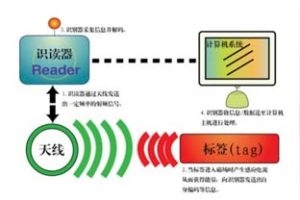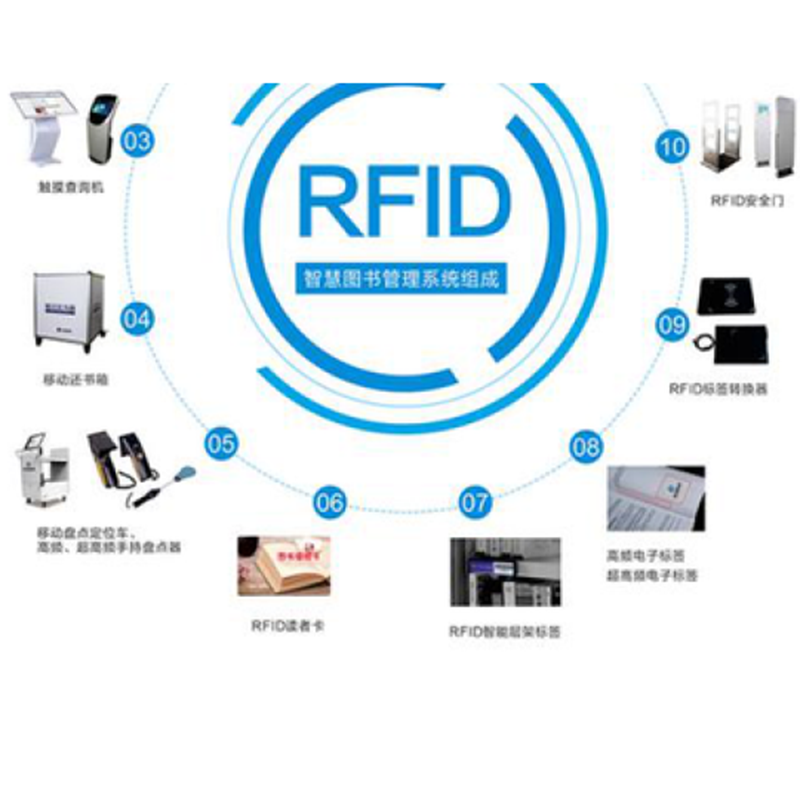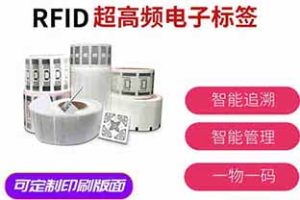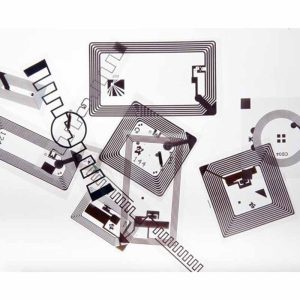RFID electronic tag manufacturers share a detailed explanation of the differences between Modbus RTU and Modbus TCP 123
Modbus is a commonly used communication protocol and a widely used network protocol in the field of industrial automation. ModBus RTU and ModBus TCP are the two main variants of the ModBus protocol. Although both belong to the Modbus protocol family, there are still some differences in communication methods and network support. But regardless of the variant, all standard ModBus communications follow the same message passing structure, everything revolves around storing values in registers and reading them. Modbus RTU is a serial communication protocol used to connect industrial automation equipment (such as sensors, motor controllers, etc.) with upper computers (such as PLCs, PCs, etc.) for data communication. It uses binary encoding to transmit data and has the characteristics of high efficiency, reliability, stability, etc. It is widely used in industrial control systems.
Modbus TCP is a Modbus communication protocol based on TCP/IP protocol. Compared with Modbus RTU protocol, it has faster communication speed, higher reliability, and cross platform, flexible and scalable characteristics. It is widely used in the field of industrial automation.
RFID electronic tag manufacturers share a detailed explanation of the differences between Modbus RTU and Modbus TCP
The difference between Modbus RTU and Modbus TCP
1. Modbus RTU is a serial communication method that uses binary encoding for data transmission and connects devices through serial interfaces such as RS-232, RS-485, or RS-422. Modbus TCP is an Ethernet based communication method that uses the TCP/IP protocol for data transmission, connects devices via Ethernet, and transmits data using standard Ethernet frame formats.
2. The data transmission speed is different. The RTU protocol uses serial interfaces such as RS232, RS422, and RS485, so the transmission speed is slower. When using the TCP protocol, the transmission speed is faster. If you want a faster speed, you can connect to the PLC bus to expand the range of the Ethernet module. 3. Modbus RTUs with different network structures typically adopt point-to-point or multi master-slave network structures, where one master device (master station) can communicate with multiple slave devices (slave stations). Modbus TCP adopts an IP based client server structure, where one or more clients can communicate with one or more servers.
RFID electronic tag manufacturers share a detailed explanation of the differences between Modbus RTU and Modbus TCP
4. The RTU protocol uses serial interfaces of RS232, RS422, and RS485 for different hardware interfaces, while the TCP protocol uses an Ethernet interface that can directly connect to the network. The working modes of the Ethernet interface are divided into full duplex mode and half duplex mode.
5. In different RTU protocols, a 16 bit CRC checksum is used to verify the content of the entire data. The TCP protocol has four steps during connection: “confirming the other party’s information”, “sorting data”, “controlling data flow”, and “avoiding blocking”. This type of connection protocol is relatively reliable, so there is no need to use additional checksums to verify the frame content of the data.
RFID electronic tag manufacturers share a detailed explanation of the differences between Modbus RTU and Modbus TCP
6. Modbus RTU uses a compact binary data format for transmission, including device address, function code, data, and error verification fields, with different protocol formats. Modbus TCP uses TCP/IP based data formats for transmission, including Ethernet header, Modbus application header, data and checksum fields.
7. The instruction content of different RTU protocols has five bytes, which are the slave address, function code, data start address, data quantity, and CRC verification. The instruction content of the TCP protocol adds an MBAP header on top of the RTU instruction content and removes CRC verification. Modbus RTU and Modbus TCP have significant differences in communication methods, physical layer and network support, data transmission rates, network structures, and protocol formats. The choice of variant depends on factors such as application requirements, communication distance, device size, and network infrastructure.
We have strong research and development capabilities and are a trusted manufacturer. Welcome to call or sales@molddl.com For consultation, please contact us for free samples!
This article is included in Baidu Wenku
Our company supports small batch customization, packaging design, and OEM processing






